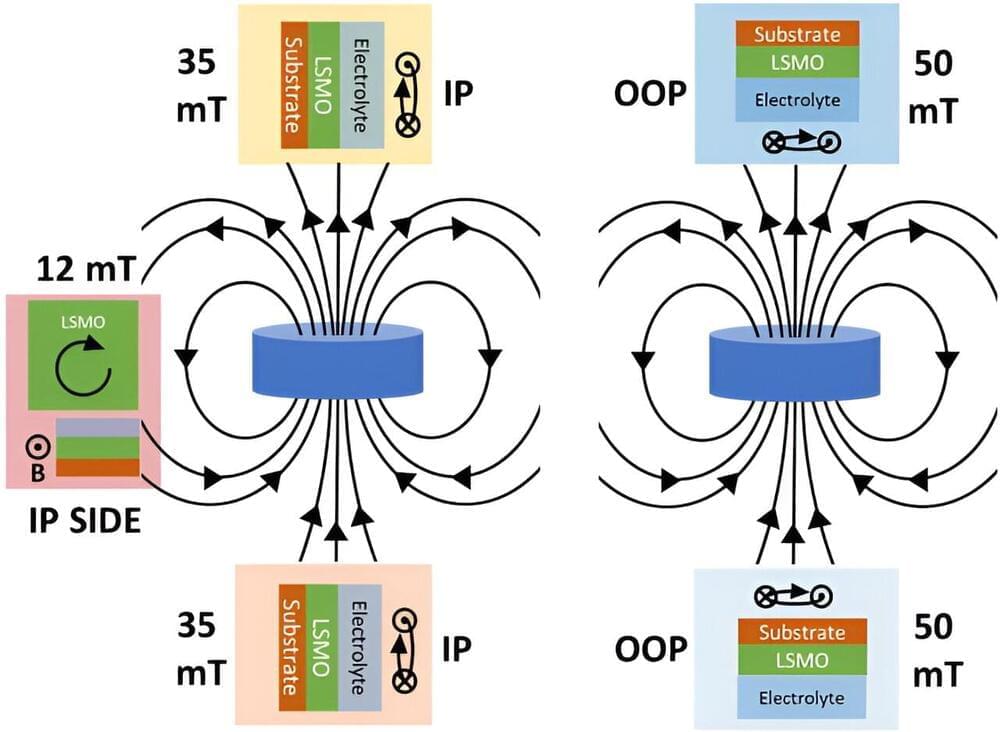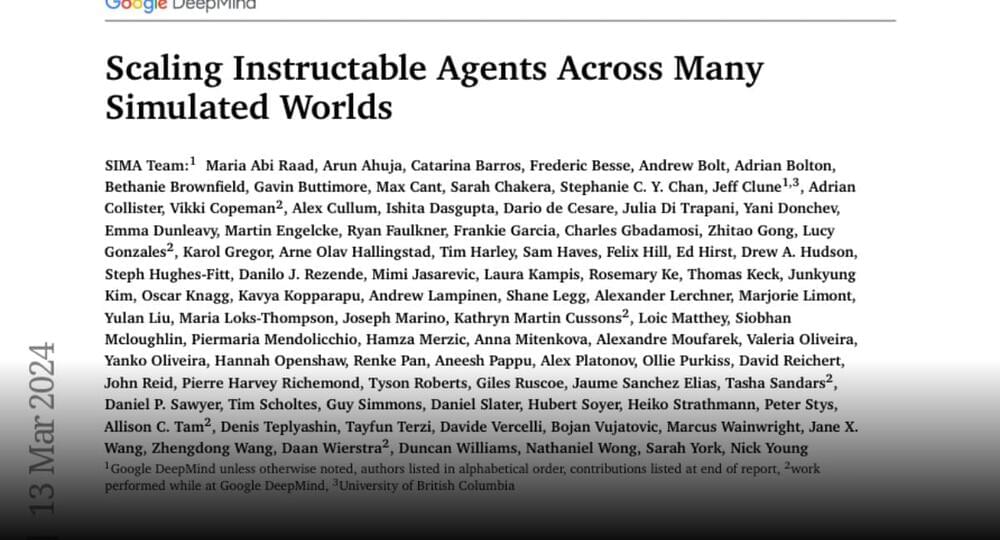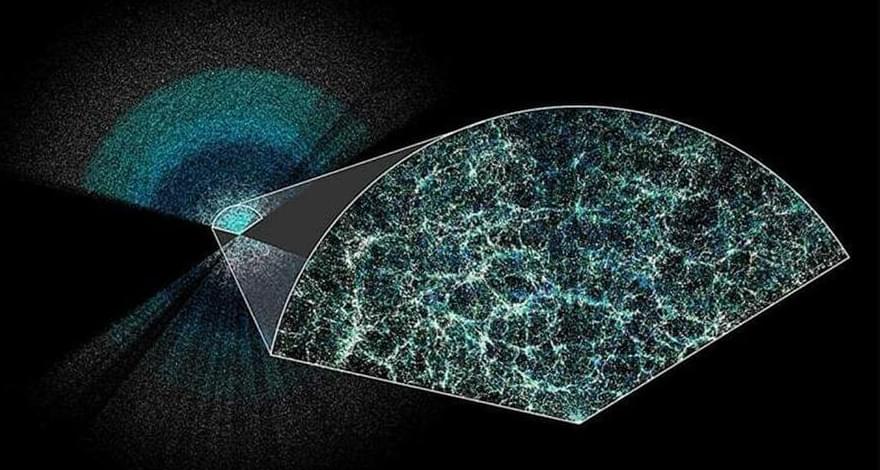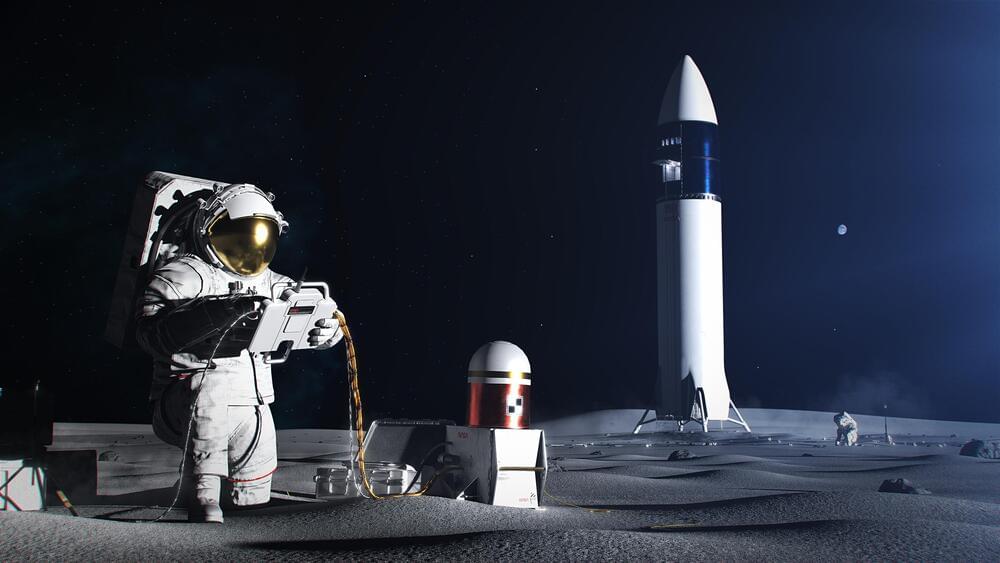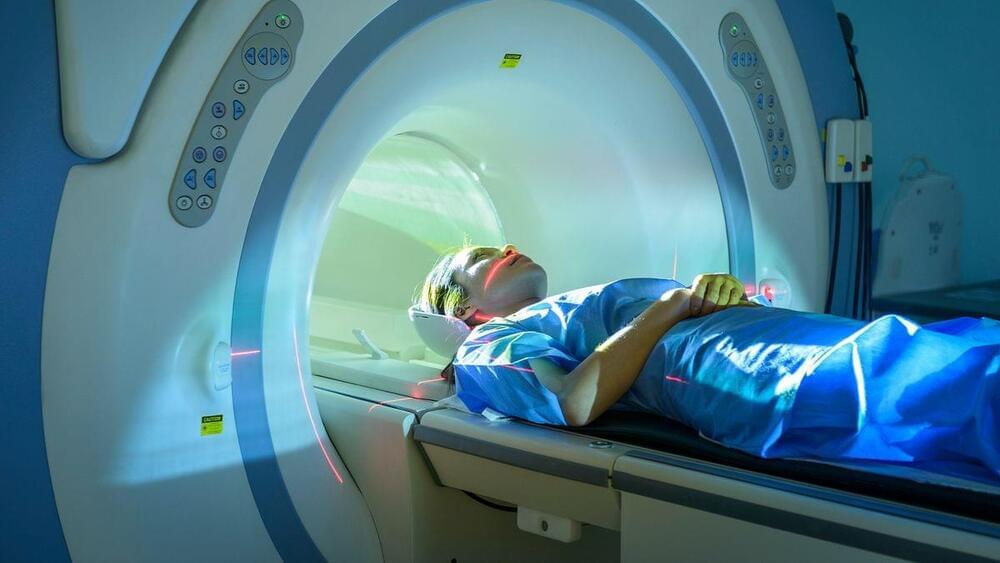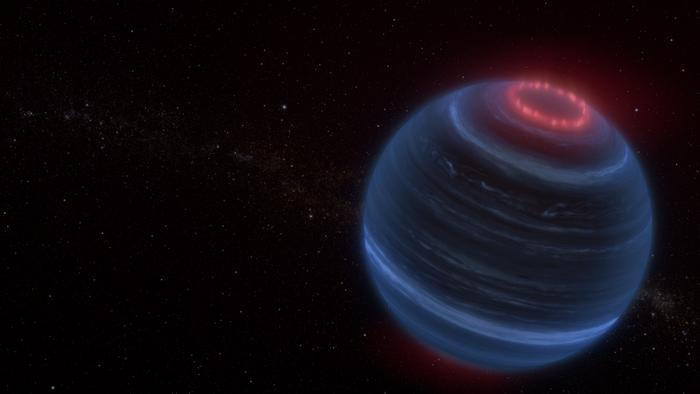
Dr. Jackie Faherty: “Methane emission was not on my radar when we started this project but now that we know it can be there and the explanation for it so enticing I am constantly on the look-out for it. That’s part of how science moves forward.”
Brown dwarfs are too large to be considered planets and too small to produce nuclear fusion like stars. But can they still exhibit some of the same characteristics as planets, like aurorae? This is what a recent study published in Nature hopes to address as a team of international researchers investigated how the brown dwarf W1935, which is located approximately 47 light-years from Earth, could not only possess methane but also have aurorae, all of which are observed on Earth, Jupiter, and Saturn. This study holds the potential to help astronomers better understand the formation and evolution of brown dwarfs, as brown dwarfs remain some of the most mysterious objects in the cosmos despite thousands being identified.
For the study, the researchers used NASA’s James Webb Space Telescope (JWST) and its powerful infrared instruments to observe 12 brown dwarfs, including W1935. In the end, JWST observed strong evidence for the existence of methane with W1935, which the researchers compared to atmospheric models to confirm these findings, along with methane existing on Jupiter, Saturn, and Earth.
Continue reading “JWST Observes Rare Methane Glow on Brown Dwarf W1935” »


